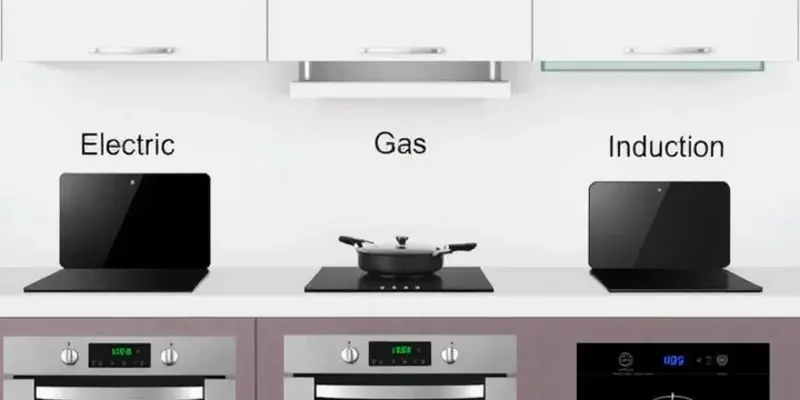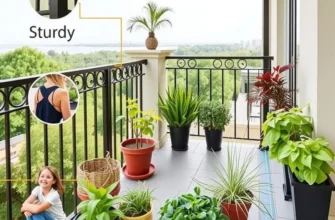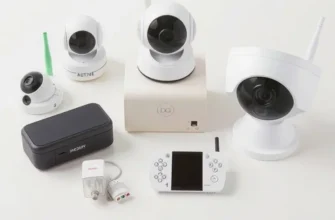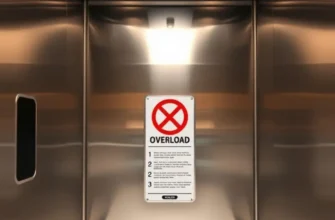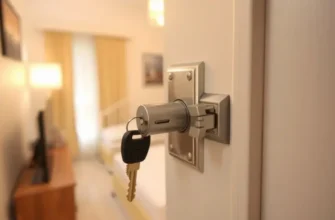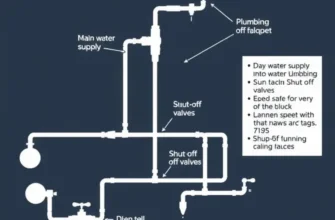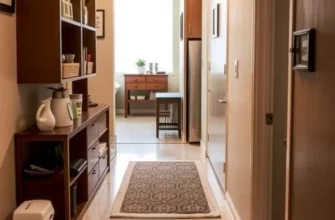Cooking in an apartment can be a convenient and delightful experience, but it also comes with unique challenges and responsibilities. Apartment dwellers must navigate the intricacies of shared living spaces while ensuring their cooking habits do not endanger themselves or their neighbors. Awareness of stove safety is crucial for renters who want to prioritize safety and peace of mind while preparing their meals. Risks such as fire hazards, gas leaks, and general safety precautions should be at the forefront of any renter’s mind. The right knowledge and practices can make your kitchen a safe haven for culinary creativity while helping you avoid costly accidents or damages. Let’s explore essential stove safety tips tailored for apartment living that will empower you to cook confidently and securely.
Understanding Your Stove: Types and Safety Features
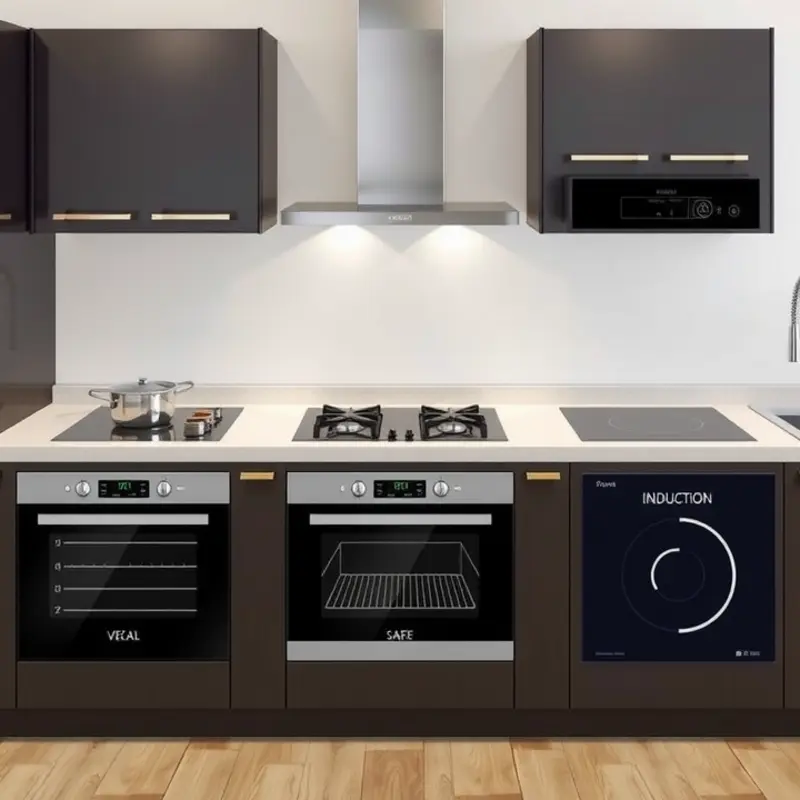
When living in an apartment, understanding your stove’s type is essential to cooking safely. Common stoves found in apartments include electric, gas, and induction. Each has unique safety features and operational guidelines.
Electric Stoves: These stoves are often favored for their simplicity and ease of use. They come with coil-style or smooth-top burners. Safety Features include temperature control, which prevents overheating. Many electric stoves also have an indicator light that stays on until the surface cools. To operate safely, ensure your burner knobs are turned off after use and keep the surface clean to prevent accidental fires.
Gas Stoves: Operating a gas stove requires understanding its mechanisms. These stoves provide precise heat control, making them popular among culinary enthusiasts. Safety begins with ensuring a proper gas connection, rolling flames may indicate leaks. Regularly check the stove for any unusual gas odors. Gas stoves often come with safety valves that shut off gas supply if the flame is extinguished. It’s crucial to turn off the stove properly to prevent gas leaks.
Induction Stoves are a newer addition to many modern apartments. They use magnetic fields to heat pans directly, reducing accidental burns. Safety Features include child locks and automatic shutdown if no cookware is detected. Use only induction-compatible pans, and ensure the control panel lock is engaged when not in use to prevent unintended activation.
User Instructions and Maintenance: For all stove types, follow these general guidelines:
- Keep your stove clean to prevent grease and food buildup, which can ignite.
- Regularly check your stove’s condition, including knobs and burners. Report faults to your landlord or building management.
- Store flammable items such as towels and curtains away from the stove.
- Never leave cooking food unattended. Stay alert and have a timer to remind you when cooking is complete.
Also, consider the broader safety of your apartment. Install smoke detectors near the kitchen area, ensuring they function correctly. Familiarize yourself with emergency procedures in your building in case of a fire. Ensuring you have renter-safe fire extinguishers can be invaluable.
To enhance your safety practices at home, check out our apartment pet safety guide for additional tips on maintaining a secure living environment. Remember, understanding your stove and its safety features ensures not only your safety but also complements a harmonious living space.
Practical Stove Safety Tips for Apartment Dwellers
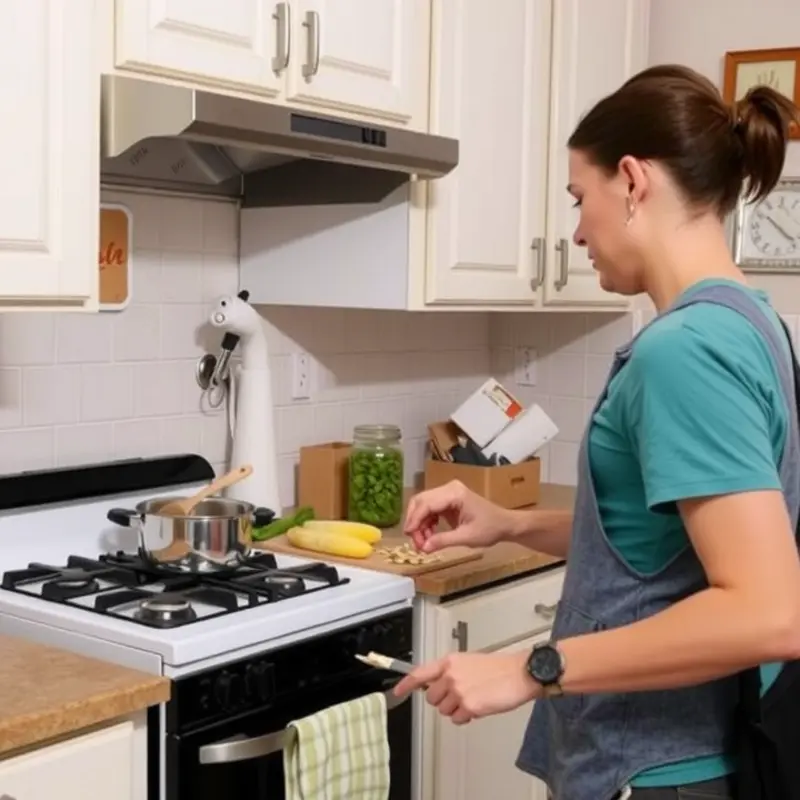
Living in an apartment presents unique challenges for stove safety. With space constraints and shared living environments, practicing rigorous safety measures is critical. Here are essential tips to keep your cooking activities safe.
Regular Maintenance and Inspection
Start with ensuring your stove is in good working condition. Conduct regular checks to identify any issues like faulty igniters or leaking gas. If you notice any strange smells or malfunctioning parts, promptly report them to your landlord or building management. Regular cleaning prevents grease buildup, which can be a fire hazard. Wipe down surfaces after every use to keep it hygienic and safe.
Stay Present While Cooking
Unattended cooking is a leading cause of kitchen fires. Whenever using the stove, remain in the kitchen. This allows you to react quickly if something goes wrong. If you must leave the kitchen, turn off the stove. Use timers to remind you when food is done cooking; this can prevent accidents caused by forgetfulness.
Implement Safe Cooking Practices
When cooking, wear short sleeves or roll them up. Loose clothing can catch fire easily. Keep flammable materials such as dish towels, paper towels, or pot holders away from the stove. Turn pot handles inward to prevent accidental spills. This is especially important in tight apartment kitchens where space is limited.
Emergency Procedures
Prepare for emergencies by having a small kitchen fire extinguisher within reach. Make sure everyone in the apartment knows how to use it. In the event of a grease fire, do not use water to extinguish it; instead, smother the flames with a lid or use baking soda. Familiarize yourself with escape routes and ensure smoke detectors are functional. Regularly test smoke alarms and replace batteries as needed.
Proper Use of Ventilation
Proper ventilation is crucial when cooking in a small space. Use the range hood or open windows to disperse smoke and fumes from cooking. This not only reduces the risk of smoke inhalation but also improves air quality in the apartment.
Child Safety Considerations
If you have children, establish rules about the kitchen. Create a designated “kids-free zone” and educate them on kitchen safety. Ensure cooking appliances are out of reach, and install stove knob covers to prevent accidental ignition.
Be Mindful of Apartment Regulations
Many apartment complexes have specific rules around appliance use. Familiarize yourself with these guidelines to ensure compliance and safety. If unsure, consult your lease agreement or contact building management.
Following these practical tips will help minimize risks and create a safer cooking environment for apartment dwellers. For more information on maintaining a safe living environment, consider visiting our apartment safety guides.
Final words
Keeping your kitchen safe is essential for all apartment renters. By understanding your stove’s features and implementing practical cooking safety tips, you can create an environment that reduces the risk of accidents. Stay vigilant, keep your cooking area tidy, and ensure that all emergency measures are understood and accessible. Safety in the kitchen not only protects your belongings but also enhances your overall cooking experience. By integrating these practices into your daily routine, you foster a greater sense of security in your apartment. Remember, being informed is the first step toward hassle-free cooking.

